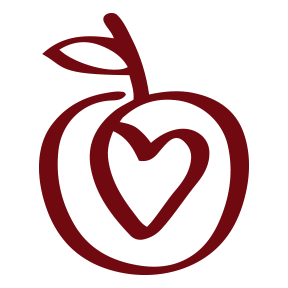Henry Ford once said, “Coming together is a beginning; keeping together is progress; working together is success.” As we think back on the past 18 months of the pandemic and all we have learned as a school system, one of the most pronounced reflections is that we cannot increase student achievement alone. Working together with families and the community, Marion County Schools can pursue excellence. As a tool for connection among families and the classroom, this manual is designed to help us work together to enhance academic vocabulary in students. It is a booklet that is aligned with the College and Career Readiness Standards for English Language Arts, Mathematics, and Social Studies as well as the Next Generation Science Standards. The Marion County Schools Academic Vocabulary: A Teacher's Guide to Building Knowledge for Student Success is a useful link between the classroom and our homes.
Just as our teachers are working to provide background knowledge about academic content of a course, our families can help us to make connections beyond the classroom, in the real-world and at home with the content vocabulary. The first step is making families aware of the connections they can help to foster. Based upon research and theory from Building Background Knowledge for Academic Achievement (Marzano, 2004), Marion County’s teachers systematically expose students to specific academic terms and phrases across the grade levels. This process forms a strong, common foundation for all students. Together, teachers and families can use this manual to identify the essential academic terms and phrases in ELA, Mathematics, Science and Social Studies.
The terms and phrases listed in this document are not to be considered as an all-encompassing list of “mandated” terms and phrases. Rather it serves as a foundation for teachers and families. The lists were generated by groups of Marion County Schools experts in the subject and grade level who believe these are essential to student understanding in ELA, Math, Science and Social Studies. To demonstrate the potential power of this list for teachers and families, consider the subject of mathematics where there are 288 terms and phrases listed for grades K-8. If every teacher and family in Marion County Schools were to teach and draw associations with these terms and phrases, all students would enter ninth grade with common, in-depth experience in these 288 key math terms and phrases. Certainly, this would provide a strong base on which ninth grade math teachers could take up the torch and continue on.
While there is no single best way to teach terms and phrases, Marion County Schools recommends Dr. Marzano’s six steps in teaching each of the academic background terms or concepts. At school, teachers can develop an academic vocabulary journal and use it at each step of interaction with vocabulary to deepen understanding and gain meaning. Families can look for and discuss this vocabulary journal with their child. They also can help expand this practice with vocabulary into the home by making associations such as the Venn Diagrams and Graphic Organizers listed in Step 4, Word Wall Activities on Post It notes or index cards in the home from Step 5, or World Play/Word Games such as Taboo or a version of “$100,000 Pyramid” from Step 6. The steps are identified below:
Step 1: Introduce Vocabulary
Step 2: Restate Meanings
Step 3: Visuals in Vocabulary Building
Step 4: Activities for Deeper Understanding
Step 5: Vocabulary Discussions
Step 6: Word Play/Word Games
Throughout this resource book, you will see that vocabulary is an essential skill at each level. It is one skill that, together, we can all work to build upon and help our students to increase achievement. You will see this tool utilized in our classrooms across the school system and departments, including Curriculum & Instruction, Title I, and Special Education. Together, we can work to increase success in Marion County Schools for all.
Sincerely,
Dr. Donna Hage, NBCT
Superintendent

